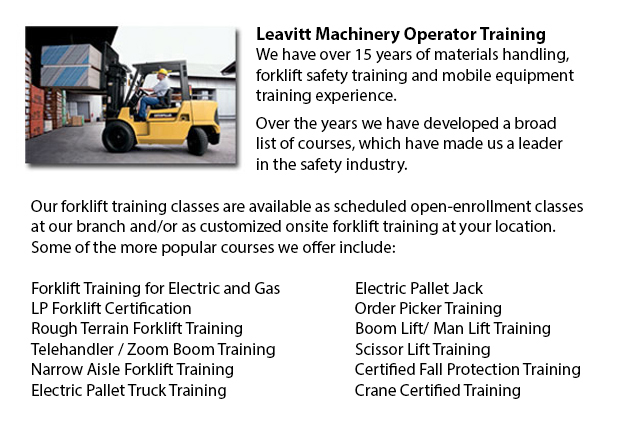
Aerial forklifts can accommodate numerous odd jobs involving high and tricky reaching places. Often utilized to execute regular upkeep in structures with lofty ceilings, prune tree branches, elevate heavy shelving units or fix phone cables. A ladder might also be used for many of the aforementioned projects, although aerial platform lifts offer more safety and stability when correctly used.
There are several models of aerial lifts available on the market depending on what the task required involves. Painters often use scissor aerial lifts for instance, which are classified as mobile scaffolding, of use in painting trim and reaching the 2nd story and higher on buildings. The scissor aerial lifts use criss-cross braces to stretch out and lengthen upwards. There is a platform attached to the top of the braces that rises simultaneously as the criss-cross braces elevate.
Bucket trucks and cherry pickers are a different kind of aerial hoist. They possess a bucket platform on top of an elongated arm. As this arm unfolds, the attached platform rises. Lift trucks use a pronged arm that rises upwards as the lever is moved. Boom lift trucks have a hydraulic arm that extends outward and hoists the platform. Every one of these aerial lift trucks call for special training to operate.
Training courses offered through Occupational Safety & Health Association, acknowledged also as OSHA, cover safety steps, machine operation, upkeep and inspection and device weight capacities. Successful completion of these training courses earns a special certified certificate. Only properly certified individuals who have OSHA operating licenses should operate aerial lift trucks. The Occupational Safety & Health Organization has established rules to maintain safety and prevent injury while using aerial hoists. Common sense rules such as not using this apparatus to give rides and ensuring all tires on aerial platform lifts are braced so as to hinder machine tipping are referred to within the guidelines.
Regrettably, data show that in excess of 20 operators pass away each year when working with aerial platform lifts and 8% of those are commercial painters. The majority of these incidents are due to improper tire bracing and the hoist falling over; therefore many of these deaths had been preventable. Operators should make certain that all wheels are locked and braces as a critical safety precaution to stop the device from toppling over.
Additional guidelines include marking the surrounding area of the machine in a visible way to safeguard passers-by and to ensure they do not come too close to the operating machine. It is imperative to ensure that there are also 10 feet of clearance amid any electrical lines and the aerial hoist. Operators of this equipment are also highly recommended to always have on the appropriate safety harness while up in the air.
-
Pneumatic Forklifts
Pneumatic lifts are referred to as pallet lift trucks or pump trucks and are widely utilized in warehouses and transport plants to transport materials on pallets. Pneumatic forklifts comprises a pair of metal blades installed on a wheeled counterweig... More -
Pallet Lifts
A pallet lift is a model of equipment focused in the transporting of pallets of many dimensions and weights. They might be utilized as an attachment for forklifts, cranes and other kinds of heavy machinery or be utilized on their own. Pallet lifts ar... More -
Doosan Forklift
Doosan Infracore Company Ltd. is an international and intercontinental organization that features Defense Industry Products, Industrial Vehicles, Diesel Engines, Automation Systems, Machine Tools and Construction Equipment. In the United States... More -
Reach Trucks
Reach trucks are loading devices used by varieties of businesses that sustain a storage facility or supply center relating to the arrangement of completed merchandise and supplies on pallets which are inserted into elevated shelving units. This machi... More -
Scissor Pallet Trucks
Scissor pallet vehicles are made for transporting and hauling individually stacked pallets by integrating a raising device that enables the pallets on the vehicle to be elevated. This apparatus is a first-rate tool for working in space constrained ar... More

Forklift Training Vancouver
TOLL FREE: 1-888-254-6157
24389 Fraser Highway
Langley, British Columbia
forklifttrainingvancouver.com
Email Us
About Us


